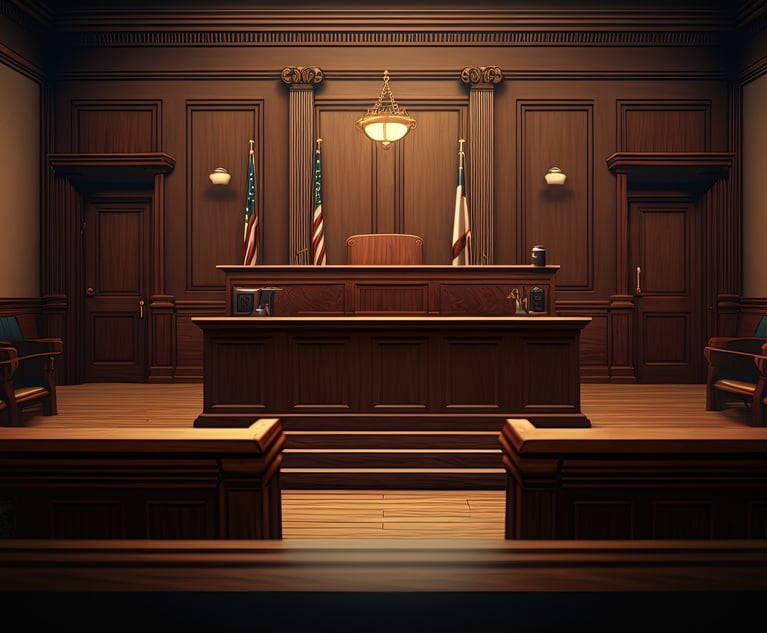Preparing a witness for testimony is the most difficult task that a lawyer faces because, when the rubber hits the road, the lawyer gives up the most control. By comparison, counsel writes the pleadings, the motions, and the briefs. When taking a deposition, the attorney directs the questioning and the exhibits. At trial, the lawyer controls the opening, the cross-examinations, and the closing. But when witnesses go under oath, the lawyer cedes much control. Of course, a lawyer defending a deposition can object, but the objections are limited. Similarly, a lawyer can object during opposing counsel’s cross-examination, but too many objections can be distracting and send the wrong message to jury.
As a result, preparation is critical. Preparation goes well beyond reviewing the substantive testimony. To be sure, substance is essential. But there are many other considerations: How does the witness communicate? What is the witness’ body language and demeanor? What will the witness wear? In short, an attorney wants the witness to be credible. One credible witness can be worth a dozen other witnesses. If you don’t believe me, check the Third Circuit Model Jury Instructions. They will inform you that it is the quality of the evidence, rather than the quantity, that matters.


 Photo: Adobe Stock
Photo: Adobe Stock




